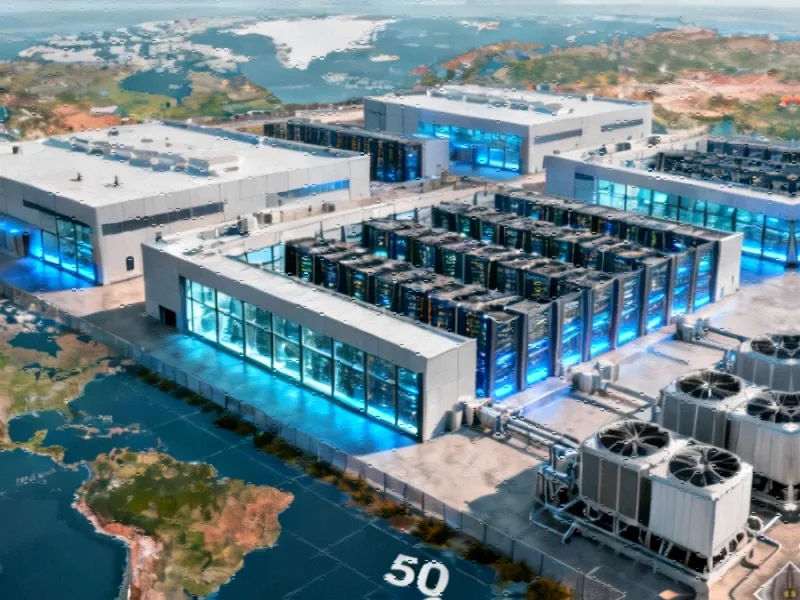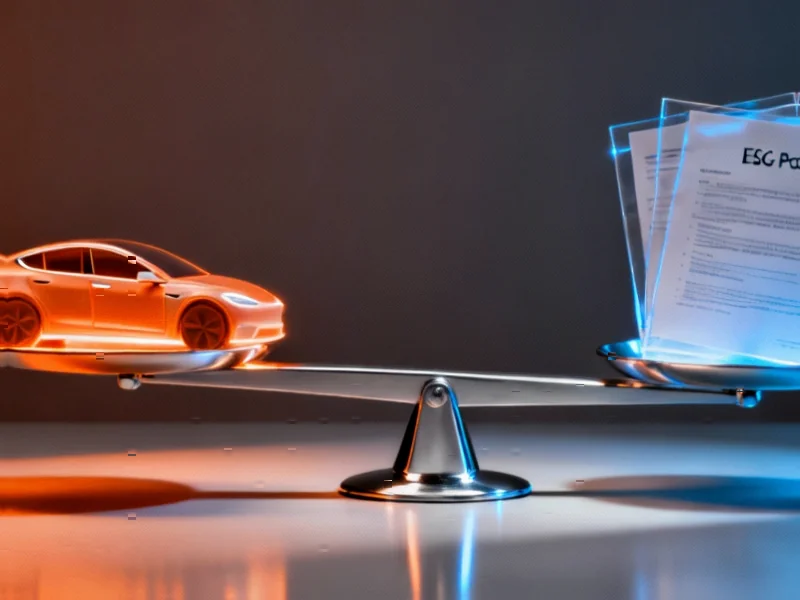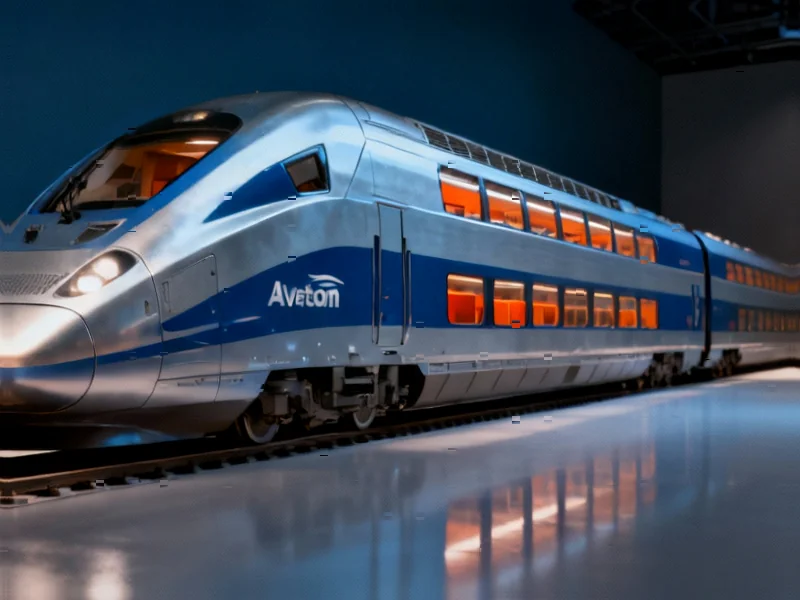The Scale of the Crisis
Aviation’s maintenance sector is staring down what industry analysts describe as a demographic time bomb. According to recent projections, manufacturers and airlines will need to find and train over 700,000 new technicians globally within the next two decades. Airbus reportedly forecasts demand for 705,000 technicians by 2040, while Boeing’s estimates run slightly higher at 710,000. Even more alarming: training company CAE suggests a staggering 83% of current maintenance staff will retire within the coming decade.
Table of Contents
These numbers formed the sobering backdrop to discussions at last week’s MRO Europe conference in London, where industry leaders grappled with how to replenish technical ranks faster than experienced workers exit. The consensus among panelists was clear—the traditional approach to aircraft maintenance training simply won’t scale to meet this unprecedented demand.
Growing Their Own
Some carriers are taking a fiercely self-reliant approach to the staffing crunch. Ryanair, according to talent director Mark Duffy, has embraced a “grow our own” philosophy that channels over a thousand trainees annually through its internal academy. Their five-year program aims to produce fully licensed engineers who understand what Duffy called “the Ryanair way.”
The airline apparently uses compelling financial incentives to attract young talent. “We can say to a 17-year-old, in five years’ time you could be earning €100,000,” Duffy noted during the panel discussion. “There aren’t many jobs that offer that at 23.” That starting salary translates to approximately $116,260—a powerful recruitment tool for a generation often skeptical of traditional trade careers.
The Collaboration Question
Not everyone believes every company building its own training academy represents the optimal path forward. Ene Krinpus of Magnetic Talents described the current fragmented approach as “a bit sad,” suggesting the industry is fighting internally for talent rather than collaborating to grow the overall workforce pool.
“Instead of each doing it alone, the aviation community—and perhaps governments—should come together because this issue affects all of us,” Krinpus argued. Her company reportedly uses a dedicated mentor system where new graduates work alongside experienced technicians for at least six months. She emphasized that younger generations respond poorly to what she called “the old method of giving them a manual and telling them to figure it out.”
Mentorship Under Pressure
That mentorship model, however, is showing signs of strain. Carlo Girasoli of Skyforce Talent Solutions revealed that one client company had to pause its apprenticeship program entirely due to unsustainable ratios of new talent to available mentors. The math is becoming impossible—too many trainees, not enough experienced hands to guide them.
Girasoli believes technology must bridge the gap. “We need to move toward hands-on learning, using technology like augmented or virtual reality to speed up the learning curve,” he suggested. This shift toward digital training tools could help scale instruction while preserving the crucial hands-on component that traditional apprenticeship provides.
Broader Solutions Needed
Ip-Shing Fan of Cranfield University agreed that innovation in learning methods is overdue. While building in-house academies works for deep-pocketed players like Ryanair, he stressed the need for resource-pooling approaches that smaller MRO providers can access, potentially with local government support.
Fan also highlighted the changing skill requirements for tomorrow’s technicians. Beyond traditional mechanical knowledge, future maintenance professionals will need digital and analytical capabilities to work with increasingly connected aircraft systems. The job description is evolving even as the workforce shortage intensifies.
The Global Recognition Stumbling Block
Perhaps the most frustrating hurdle discussed was the lack of global harmonization in technician credentials. When asked about progress toward making certifications transferable worldwide, Ryanair’s Duffy was blunt: “It would be fantastic to have global recognition, but I don’t believe anything is happening on that front—it’s probably political.”
This regulatory fragmentation means a technician qualified in one region may face significant barriers to working in another, despite identical aircraft and maintenance procedures. For an industry that operates globally, the training infrastructure remains stubbornly local.
An Industry at a Crossroads
The MRO sector finds itself confronting multiple challenges simultaneously. It must train hundreds of thousands of new technicians while revolutionizing how that training happens. It needs to preserve decades of institutional knowledge while making the field appealing to digital-native generations. And it must accomplish all this within a regulatory framework that varies significantly across borders.
What emerged from the discussions was a clear sense that incremental changes won’t suffice. As one panelist noted, younger workers simply won’t gravitate toward an industry that appears resistant to innovation. The race to secure aviation’s maintenance future isn’t just about numbers—it’s about fundamentally reimagining what the career represents to the next generation of technical talent.
Related Articles You May Find Interesting
- TechCrunch Disrupt 2025 Side Events Reveal Major Networking Opportunities
- Dow Scientist Touts Hybrid Coolants as Data Centers Battle Heat Crisis
- Twin Peaks-Inspired Horror Game Silver Pines Coming 2026
- Apple Accelerates US AI Server Production in Houston Ahead of Schedule
- NirSoft’s MultiMonitorTool Brings Command-Line Control to Multi-Display Setups



